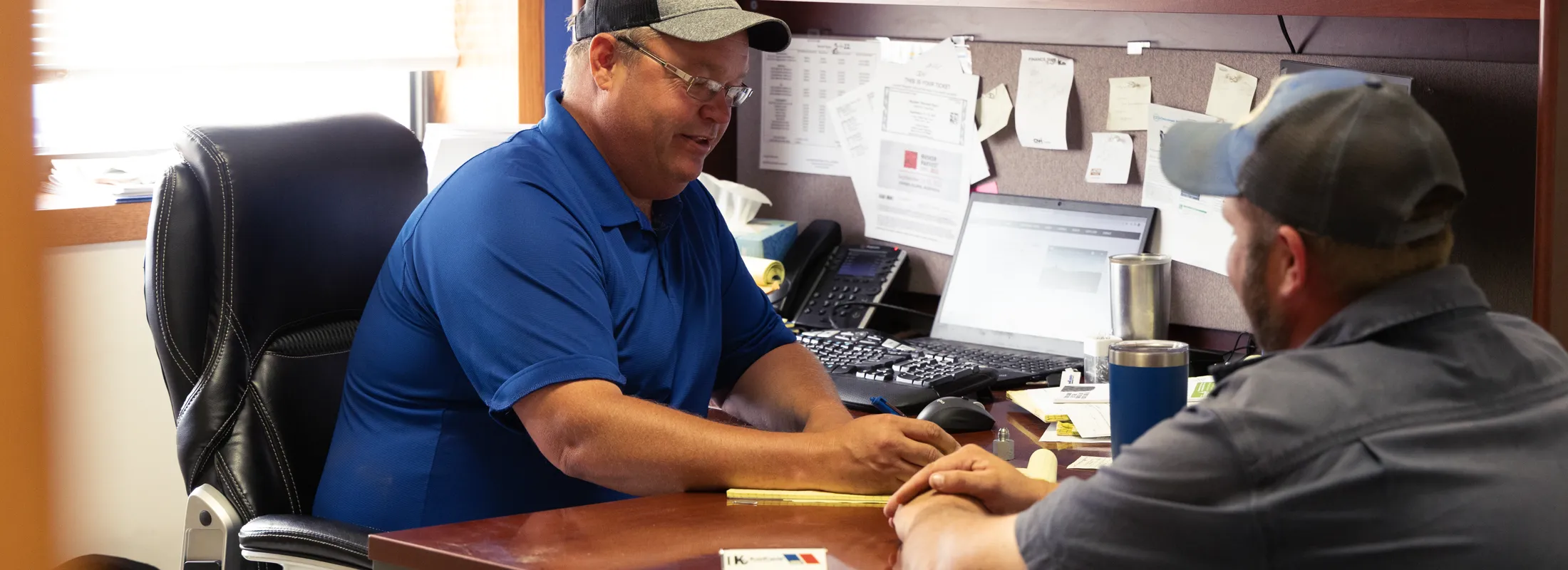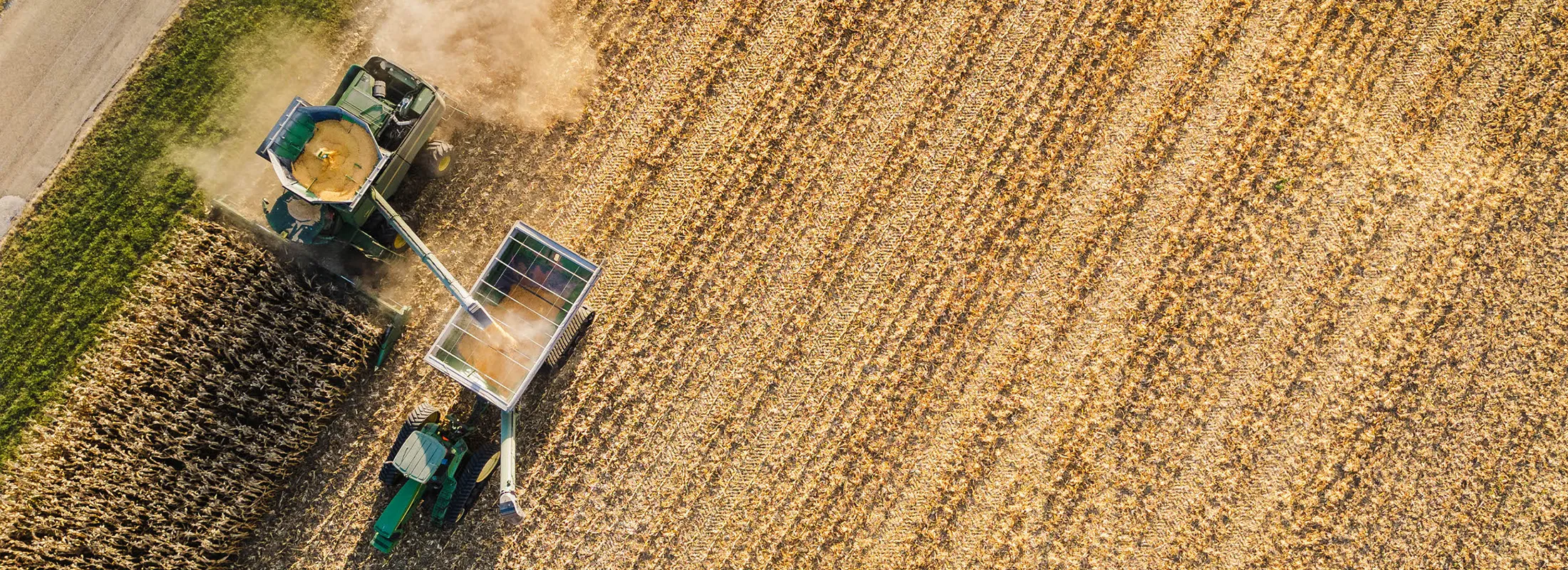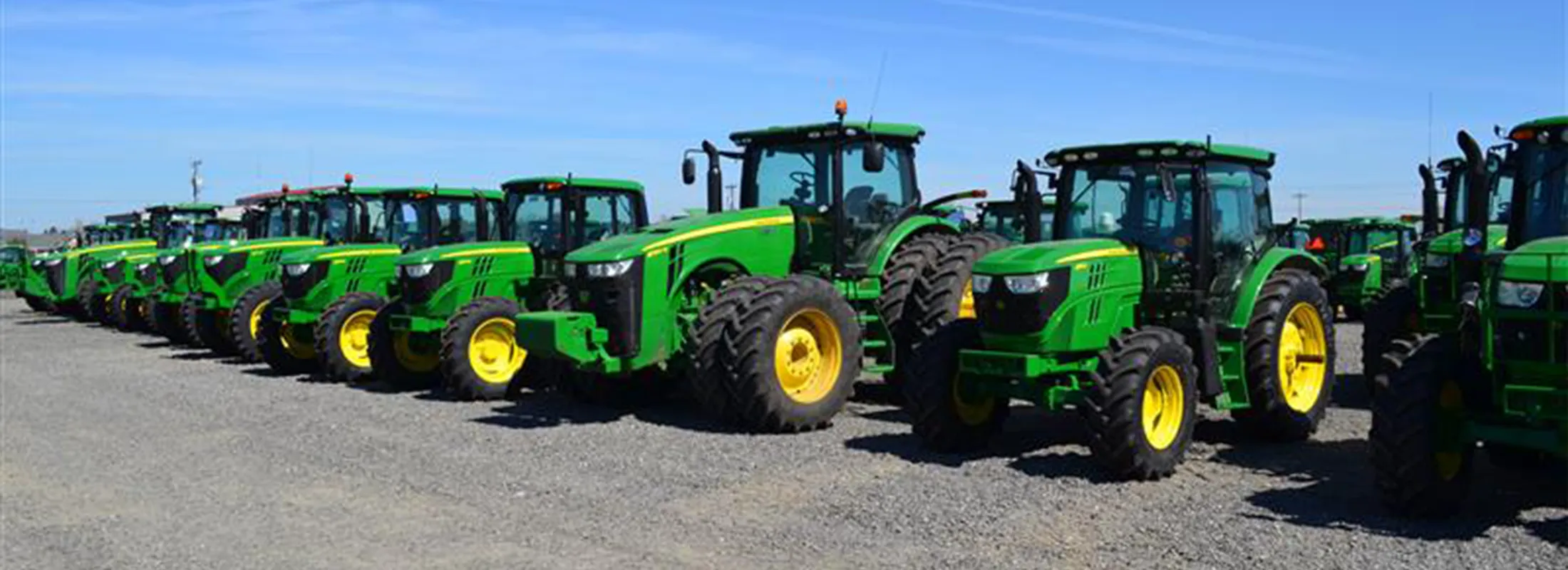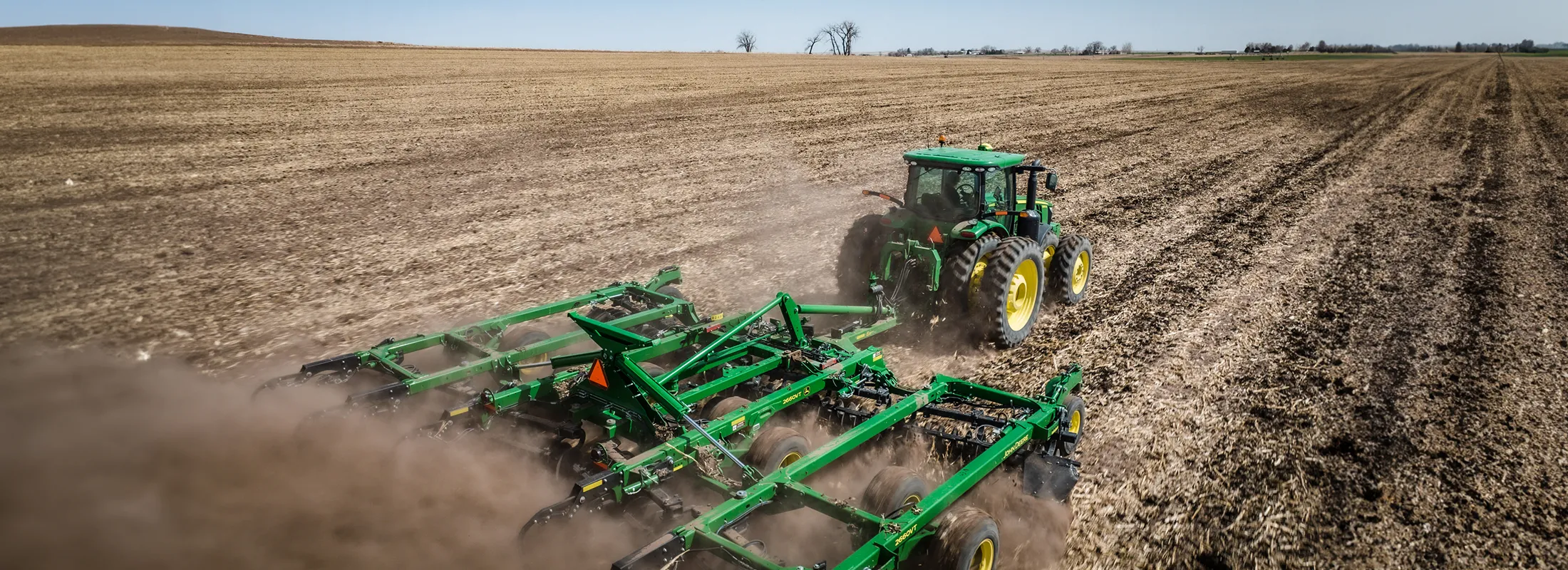As farm income tightens and new machinery costs continue to climb, more producers are turning to the used equipment market. Whether your customers are looking to stretch their budget or find a more affordable alternative, buying used can be a smart investment—if they know what to look for.
AgDirect shares 10 expert tips for helping customers navigate the used machinery market with confidence. Topics include advising customers on search channels, key pricing considerations, how to avoid fraudulent sales and financing options to help protect their working capital in 2025.
1. Advise on Search Channels
Non-traditional equipment buying channels, such as online auctions, digital marketplaces and private party sales continue to shape how customers shop for used equipment. These platforms have created opportunities for buyers to search beyond their local area, but each has its pros and cons.
Your guidance can add value in the decision-making process. While alternative avenues offer unique advantages – like cost savings or access to a wider variety of equipment – you can remind customers there are tradeoffs to consider, such as limited warranties or quality concerns.
2. Discuss Auction Trends
Auction activity spiked in 2024 as dealers worked to offload aged, high-dollar units and rebalance inventory. While auctions remain a valuable source for used equipment – especially for items like combines, sprayers and planters – the steep discounts seen last year may begin to level off as supply stabilizes.
With new equipment sales projected to stay flat or decline slightly in 2025, dealers will continue using auctions to manage inventory. Proactively discussing auction trends with customers demonstrates your awareness of the broader market and strengthens your role as a trusted resource.
3. Prompt the Right Questions
Used equipment can be a smart investment, and there are a few practical reminders you can share with customers to help ensure they’re getting a good deal on a reliable machine. For example, encourage them to ask for service records, hours and whether any upgrades or parts have been added. Suggest that they inspect the equipment in person or request a walkaround video, or offer to inspect it on their behalf to help assess its condition before they commit.
You can also help customers avoid common fraud risks. Remind them to verify the seller’s identity, confirm ownership and watch out for fake dealer websites. Caution them against high-pressure tactics or deals that seem too good to be true. And, encourage secure payment methods and never wire transfers to unknown parties.
4. Focus on Cost Per Acre, Not Just Price
The lowest price tag doesn’t always mean the best deal. When evaluating used equipment, help customers think about how the unit will impact their operation’s productivity, efficiency and bottom line.
A slightly more expensive machine with lower hours, better maintenance or precision features might deliver more long-term value. The right used equipment purchase can lower per-acre costs and minimize downtime during critical windows in the season.
5. Keep a Pulse on Pricing Not Just Price
Used equipment prices can shift quickly based on inventory levels, demand cycles and even regional trends. Keeping customers informed on market values helps them recognize a fair deal – and avoid overpaying.
Encourage customers to compare values across channels and use your expertise to explain why one piece may carry a premium over another. In a market where the best deals often move fast, knowing the numbers can give them a competitive edge.
6. Plan Ahead for Financing
Working with customers to explore their financing options before they start their used equipment search can help give them a better handle on their budget and what they can comfortably afford. It can also speed up the buying process and ensure they’re ready to act when opportunities arise.
Run the numbers with them ahead of time with tools like the AgDirect payment calculator to estimate monthly payments based on different loan terms, rates and down payment amounts. It’s an easy way to help customers compare financing scenarios before they make a final decision.
7. Consider Lease Options
In 2025, customers may be looking for smarter ways to deploy capital or reduce equipment costs over their acres. Leasing is a great option to lower or fix the cost of used machinery without tying up a large amount of cash upfront.
There are a variety of lease structures available that can help conserve working capital while keeping acquisition costs similar to or in some cases even lower than traditional loan financing.
8. Refinance Higher-Rate Notes
With interest rates holding at higher levels, many customers are looking for ways to reduce borrowing costs. Refinancing may be worth a closer look if they’re carrying older equipment loans, especially if rates become more favorable in the months ahead.
Unless a customer has just one payment left, or the new rate is close to what they’re already paying, it almost always makes sense to refinance higher-rate notes. Even a modest drop in rate can translate to meaningful savings.
9. Reclaim Working Capital with a Purchase Leaseback
If a customer purchased a piece of equipment within the past 12 months and needs to replenish working capital, a purchase leaseback could be a practical solution. This unique financing option allows them to lease back equipment they already own, freeing up cash without interruption of use.
Example: A customer buys a used tractor in March for $300,000 and writes a check for the purchase. During the year, they want to restore some liquidity to their balance sheet. Using a purchase leaseback, AgDirect structures a lease on the tractor and issues a check for the original purchase amount, minus the first lease payment.
10. Serve as a Trusted Partner
There’s a lot of uncertainty in 2025, from interest rates and input costs to policy changes and global markets. Supporting your customers through these challenges starts with connecting them to the right resources.
Encourage them to consult with their accountant or financial advisor to explore cost savings or tax planning strategies. Share your insights on current equipment trends, pricing and selection to help them make informed decisions. And don’t overlook the value of partnering with a trusted lender who can help keep customers up-to-date on financing options that fit their operation.






